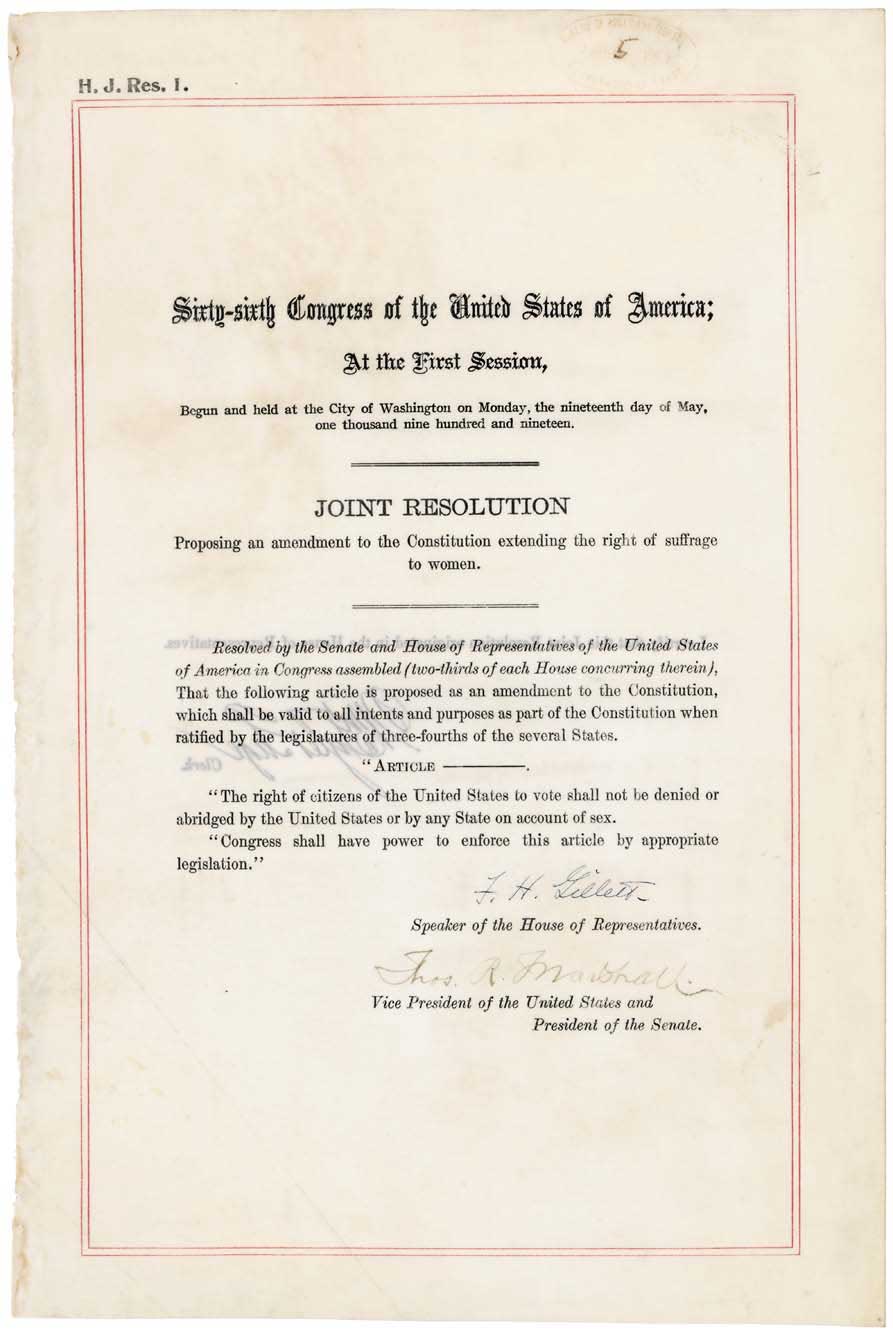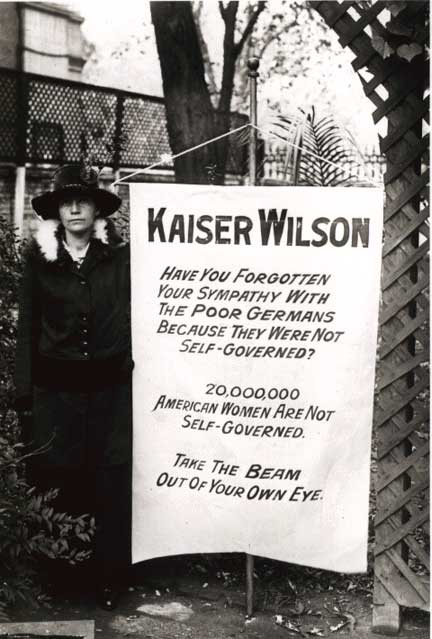Celebrate Law Day 2020
 Law Day has been celebrated by the Lycoming County Bar since the commemoration was first implemented by President Eisenhower in 1957. Over the years, Law Day has been celebrated in different ways, with events that always stressed the importance of the rule of law in our society.
Law Day has been celebrated by the Lycoming County Bar since the commemoration was first implemented by President Eisenhower in 1957. Over the years, Law Day has been celebrated in different ways, with events that always stressed the importance of the rule of law in our society.
In recent years, we have celebrated Law Day with a public event at which the winners of the Lycoming Law Association Art and Essay Contest displayed their works at a court house celebration. Students from all over the County participated and generally hundreds of entries were received. Alas, this year’s event fell to the Covid-19 pandemic, and the closure of Pennsylvania’s schools.
No public celebration - but that doesn’t mean we cannot celebrate at home by taking a few minutes to understand the significance of this year’s Law Day topic, “Your Vote, Your Voice, Our Democracy: The 19th Amendment at 100.”
At a time when the right to vote is extended to all citizens of the United States, it is hard for us to understand that before 1920, women did not have the right to vote in national elections. The arguments against women’s suffrage are difficult for us to comprehend. The difficultly experienced by the women’s suffrage movement in securing, what was for men considered a basic right, is also incomprehensible.
So this Law Day, May 1, 2020, please remember, value and use that basic and important right - the right to choose those who will represent us in Washington, in Harrisburg and in Williamsport. One hundred years ago that right was the subject of a very difficult fight.
Here’s how the National Archives describes the struggle for women’s suffrage:
 The 19th Amendment guarantees American women the right to vote. Achieving this milestone required a lengthy and difficult struggle; victory took decades of agitation. Beginning in the mid-19th century, woman suffrage supporters lectured, wrote, marched, lobbied, and practiced civil disobedience to achieve what many Americans considered radical change.
The 19th Amendment guarantees American women the right to vote. Achieving this milestone required a lengthy and difficult struggle; victory took decades of agitation. Beginning in the mid-19th century, woman suffrage supporters lectured, wrote, marched, lobbied, and practiced civil disobedience to achieve what many Americans considered radical change.
Between 1878, when the amendment was first introduced in Congress, and 1920, when it was ratified, champions of voting rights for women worked tirelessly, but their strategies varied. Some tried to pass suffrage acts in each state—nine western states adopted woman suffrage legislation by 1912. Others challenged male-only voting laws in the courts. More public tactics included parades, silent vigils, and hunger strikes. Supporters were heckled, jailed, and sometimes physically abused.
By 1916, most of the major suffrage organizations united behind the goal of a constitutional amendment. When New York adopted woman suffrage in 1917, and President Wilson changed his position to support an amendment in 1918, the political balance began to shift.
On May 21, 1919, the House of Representatives passed the amendment, and two weeks later, the Senate followed. When Tennessee became the 36th state to ratify the amendment on August 18, 1920, the amendment was adopted. While decades of struggle to include African Americans and other minority women in the promise of voting rights remained, the face of the American electorate had changed forever.
The photographs in this article are courtesy of the National Archives.


